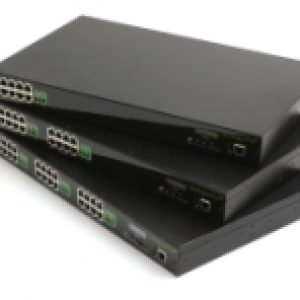
As hard as it seems, the coronavirus isn’t going anywhere, and we all should learn how to live with it until we can get a real cure or vaccine. With more than 20 thousand confirmed cases just in Colorado and more than 1,370,460 confirmed cases in the U.S, health officials keep calling for social distance and staying at home as much as possible. It has changed completely the way we formerly ran our businesses, forcing most of them to become virtual.
Transitioning your business to a virtual or remote mode is not as hard as it sounds, but you will require IT solutions and expertise. There are several essential tools and features you need for your virtual business, and it is best to hire a professional IT solution provider to help with your transition. So it is crucial to select the best tech and tools your business requires to establish its network.
Network switches are essential to any company network. Switches connect all of your devices to the same system within your office building. These can include computers, printers, wireless access points, and servers. With switches, information can flow freely between all of these connected devices.
What to Look For in a Network Switch
Small Businesses
The most important thing to consider while deciding on a network switch to use is its range of connectivity. Smaller businesses with ten or fewer employees may not need all of the bells and whistles that come with a more advanced, managed switch. Unmanaged switches are the easiest to set up and don’t typically offer any configurational options. Talk to your IT technician about opportunities that allow simple networking.
Large Businesses

Managed switches are best suited for companies with over 100 employees.
If you run a more extensive operation, you’ll want to use a managed switch to accommodate your data-streaming requirements. An unmanaged switch would succumb to data congestion and slow down network services overall. Managed switches come with plenty of ports and provide options that unmanaged switches can’t offer. Unmanaged switches allow users to restrict access to specific devices, connect smaller networks to a larger business-wide one, and use PoE to carry the connection to wifi-accessible devices — perfect for integrating an internet-based phone system.
As the name would suggest, managed switches cannot be left to function without support. You’ll need to employ an IT service to manage your network services to ensure that they work smoothly. Managed switches can be confusing to configure if you don’t have the experience, incorrect set-up can cause a heap of problems in the long run.
Which Switch Should You Use?
If you’re not sure whether you’d benefit from an unmanaged or managed switch — or something in between, like a smart switch — talk to your IT technician. Switches can range significantly in capabilities, so you’ll need an expert’s advice on which features are essential for your operation.
Contact One Point Sync today to talk to a team member about what network switch would best fit your business.

